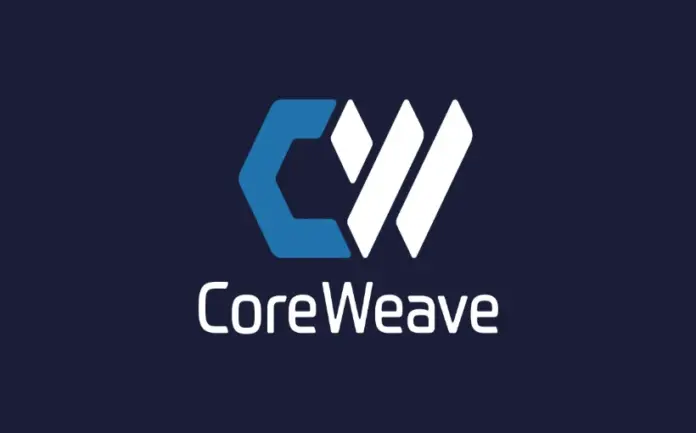On Wednesday, May 21, the stock of the Nvidia-backed cloud computing company CoreWeave (NASDAQ: CRWV) rocketed 19%, as they announced an upsized $2 billion debt offering. The company’s stock continued its sharp rise, part of a remarkable post IPO rally that has nearly tripled the stock since the company went public in March 2025.
The latest development comes amid strong investor enthusiasm for CoreWeave’s aggressive growth plans, its important role in the AI computing ecosystem and an encouraging message from Wall Street in spite of widening losses and high capital expenditures.
Debt Offering Triggers Market Surge
CoreWeave said it priced an offering of $2 billion in senior notes offering at an interest rate of 9.25 per cent and bearing a maturity date of June 2030. The planned $1.5 billion offering was expanded because of ‘strong demand’ — it was reportedly five times oversubscribed. Proceeds from the offering will be used to reduce existing debt and for general corporate purposes, including the ongoing investment in infrastructure, the company said.
The good news was met with investor excitement, viewing the oversubscription as a very strong vote of confidence in CoreWeave’s business model and market outlook. During Wednesday’s trading session, during which the stock hit an all time high of $108.50, the company’s long term AI focus in data services has been driving bullish sentiment around the stock.
A Key Player in AI Infrastructure
At the core of the business, CoreWeave rents high performance data centers optimized for artificial intelligence (AI) schedulable workloads. Company are looking for data centers powered largely by NVidia’s industry leading GPUs to train these large language models, generative AI tools and related advanced machine learning work.
That put the company in a niche, able to sell itself as a flexible, AI-first alternative to the traditional cloud giants Amazon Web Services and Google Cloud. By doing so, CoreWeave has landed major clients like Microsoft and OpenAI and even has contracts with all of a billion dollars in deals lined up.
A jump of more than 400% in year-over-year revenue growth was reported in CoreWeave’s earnings for the first quarter of 2022, the first report as a public company published earlier this month. But the company also said revenues beat expectations as losses were wider than expected, weighed by continuing investments in capacity expansion and infrastructure buildouts.
Also read: Social Security Payments Arrive This Week: Who Gets Paid This Week?
Nvidia’s Strategic Stake and Market Impact
That relationship with Nvidia is central to much of the attention CoreWeave has garnered, given that the graphics chipmaker owns about 7 per cent of the company. Nvidia originally plowed $100 million into Focus in April 2023 and then $250 million around the time of the company’s IPO. If everything goes to plan, that stake will be worth over $2.4 billion by May 2025, amounting to a large dent in Nvidia’s exposure to that exploding AI infrastructure market thanks to CoreWeave.
This endorsement has helped to boost CoreWeave’s reputation and raised investor confidence. Nvidia’s chips are what make CoreWeave run ,and its fortunes and CoreWeave’s fortunes are bound up in the AI boom’s overall fortunes.
Heavy Spending and Rising Debt
CoreWeave’s rapid growth is impressive, but it’s also capital-intensive. During its earnings call, the company revealed it has tapped $17.2 billion in equity and debt to fund its expansion plan. CoreWeave had about $3.8 billion of indebtedness as of its latest quarter ended Sept. 30 and another $4.9 billion of noncurrent debt.
But CEO Michael Intrator told CNBC the spending is needed to do the massive amount of AI customers are demanding. The company does not have any significant debt maturities until 2028 other than some vendor financing and amortizing contracts that it has, he said.
Outlook and Investor Sentiment
Analysts remain cautiously optimistic about CoreWeave’s prospects. The company’s specialized focus, blue-chip client list, and ties to Nvidia give it a competitive edge. However, its heavy reliance on debt and concentration of revenue from a few major partners, notably Microsoft, also present risks.








